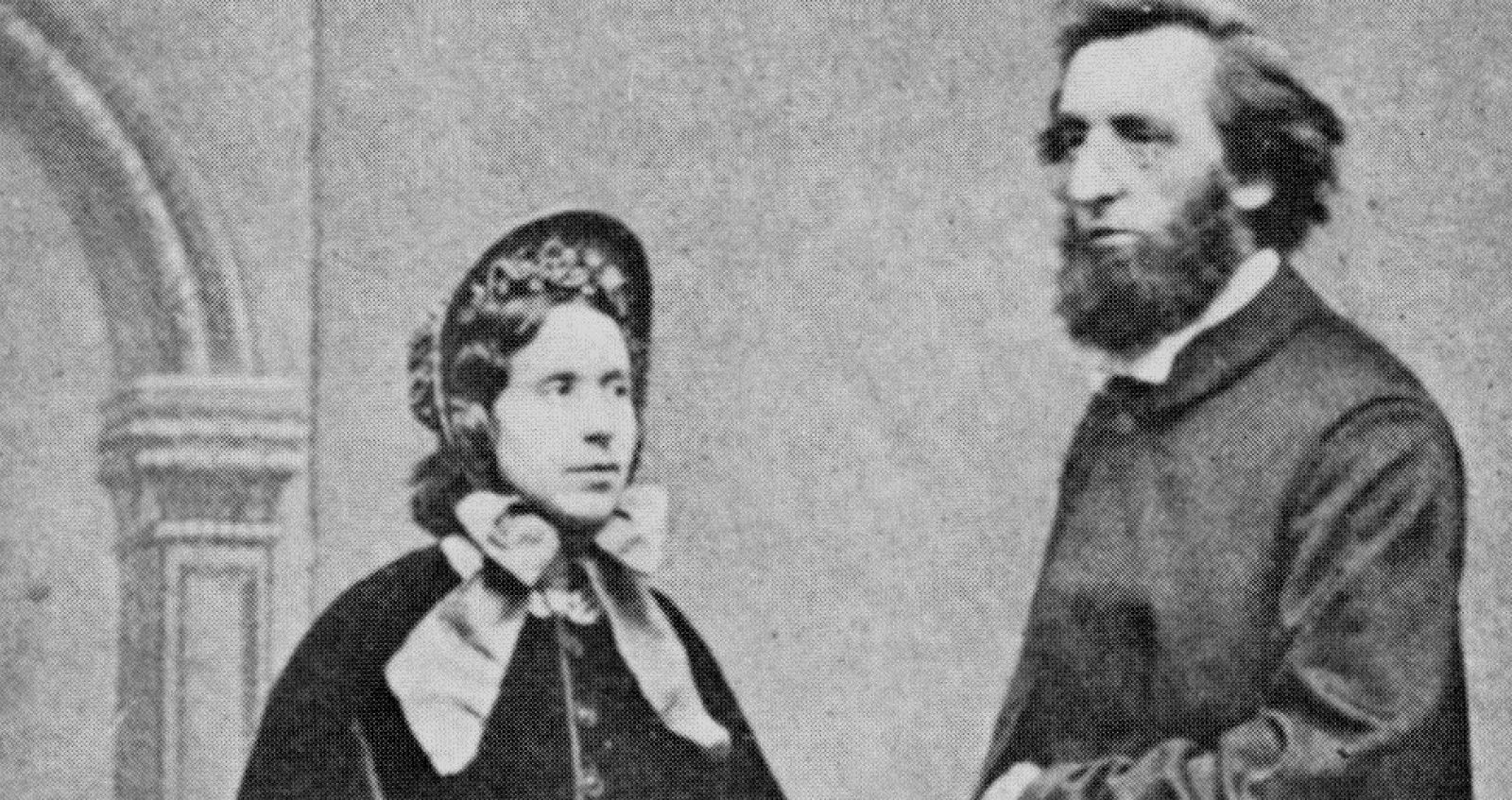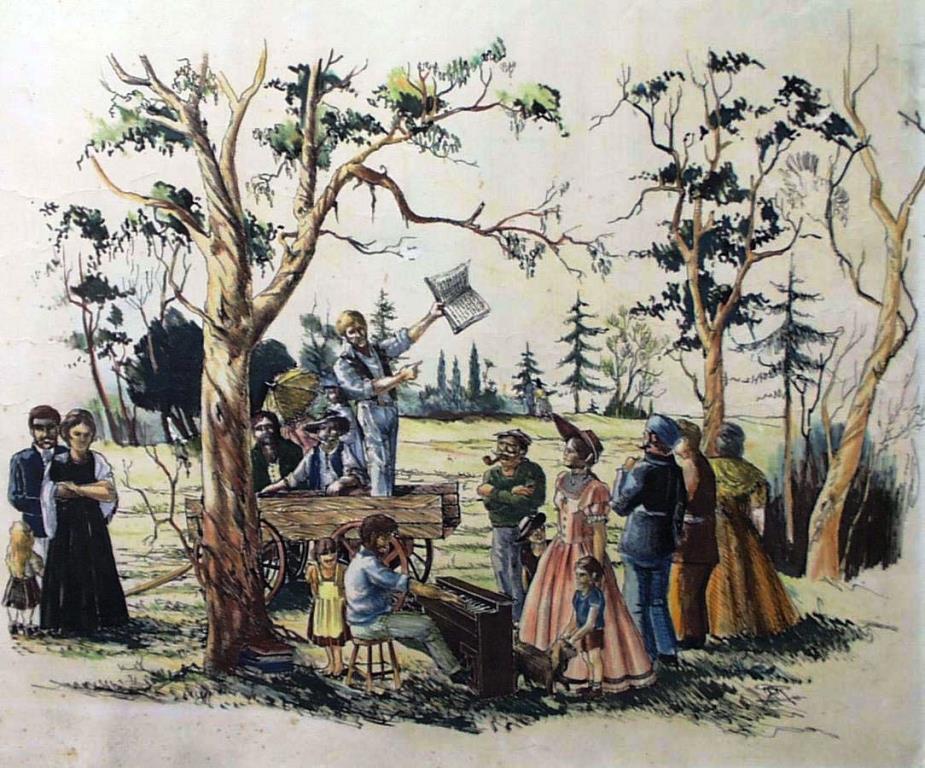
History of The Salvation Army
A former Methodist minister, William Booth, along with his wife, Catherine, founded The Salvation Army in the slums of London during 1865. William wanted to make the church more accessible to the whole community at a time when many poor and working class people were excluded from the churches. Originally known as the Christian Mission, the name 'The Salvation Army' was adopted in 1878 and since then the organisation's structure has been based on military lines.
Initially Booth's Mission intended to gather the poverty stricken multitudes of London's East End and link them up with existing churches. However, such people were regarded as outcasts and not welcomed by the wealthy and respectable church members of the day. As a result, Booth was forced to provide a more permanent organisation for the ongoing spiritual care of his converts.
Booth's concern for the destitute masses of England was not only spiritual.The more he learned of the plight of the thousands spurned by Britain's industrial revolution, the more determined he was to see lasting social change.
From the Army's earliest days, various social programs grew up alongside the mission's spiritual ministry, including food shops, shelters, and homes for 'fallen' girls. However, these were just the first elements in a broad scheme.In the early 1890s, Booth published In Darkest England - and the Way Out, an ambitious and complex plan to deliver England from its social woes.Soon Booth opened labor exchange services, which would place thousands of unemployed persons in jobs.Discovering that some 9,000 people dropped from sight in London each year, he established a missing persons bureau.He dreamt of a farm colony wherethe unemployedcould be given honest labour and pleasant surroundings. He wanted to establish a poor man's bank, he offered legal aid to the destitute; and he envisaged an emigration scheme that would develop a new overseas colony. During the 1890s, the Army established an employment bureau and helped find jobs for the unemployed. Work was also provided at Salvation Army salvage depots and rescue farms. From this began a social service network that continues today in 108 countries of the world.

Beginnings in Australia
On 5 September, 1880, Edward Saunders and John Gore led the first Salvation Army meeting in Australia from the back of a greengrocer's cart in Adelaide Botanic Park.
When Gore said, "If there's a man here who hasn't had a square meal today, let him come home to tea with me," little did he realise that within a century, The Salvation Army would feed hundreds of thousands of Australians each year.Nevertheless, he was expressing the ethos of an organisation which, from its earliest days, was concerned for a person's physical as well as spiritual needs.
In a climate where religion had failed to really gain acceptance, Saunders and Gore presented themselves as ordinary men.Without theological training or the status of ordination, the railway worker and the builder invited their small audience to attend a meeting of The Salvation Army that evening.A number agreed to attend, and Saunders and Gore formed themselves into a Corps (church) under the temporary leadership of Gore.After an appeal to London for officers to be sent, Captain and Mrs Thomas Sutherland arrived in 1881.
From this humble beginning, The Salvation Army grew rapidly in Australia.Pioneer Salvationists faced rowdy and sometimes violent opposition, with at least two members being fatally injured.However, by 1890, mob attacks had virtually ceased, and by the early 1900s Salvationists were accepted in the community.Research reveals The Salvation Army is now one of Australia's most well-loved charities.
Information found at salvos.org.au
